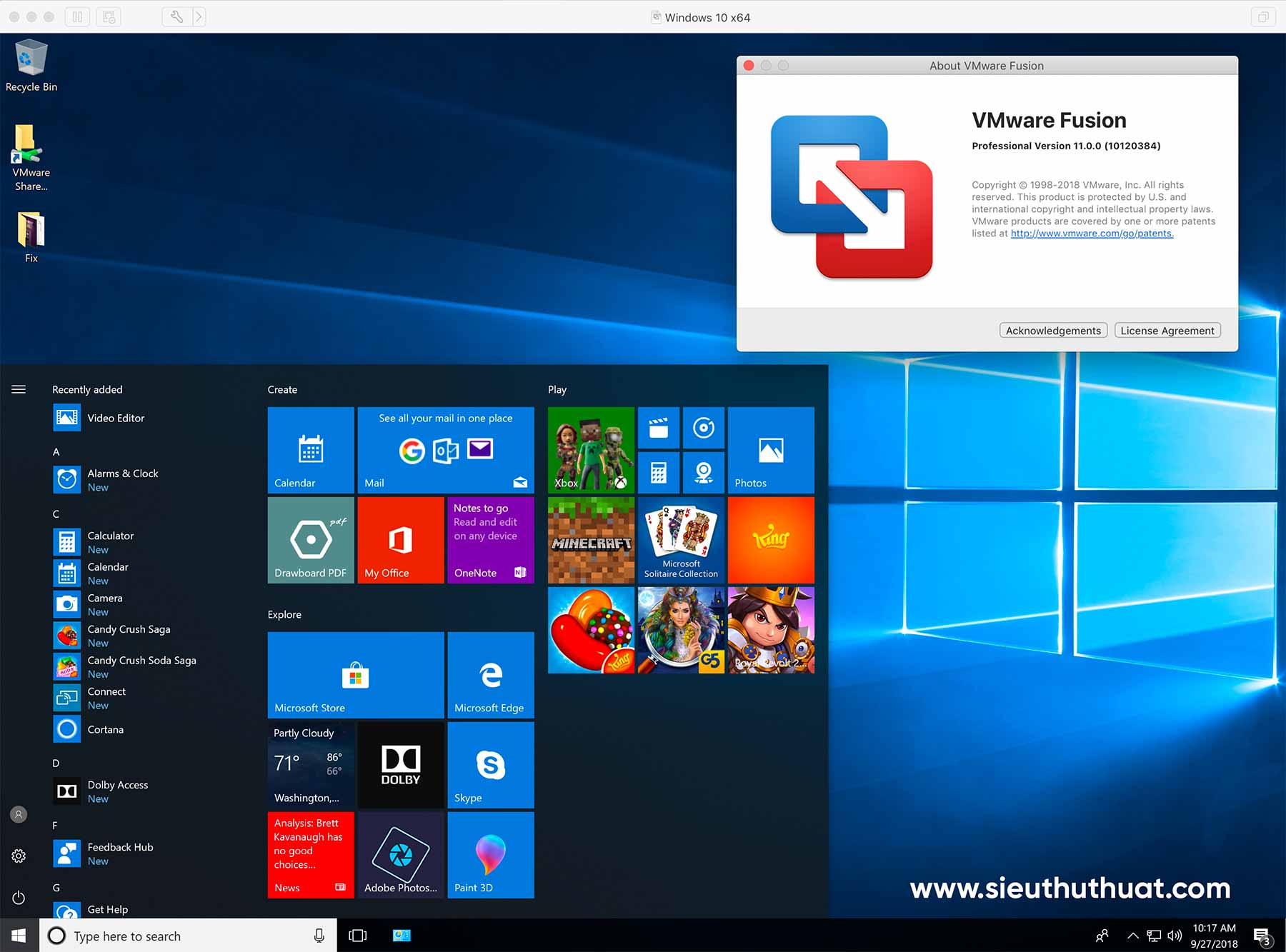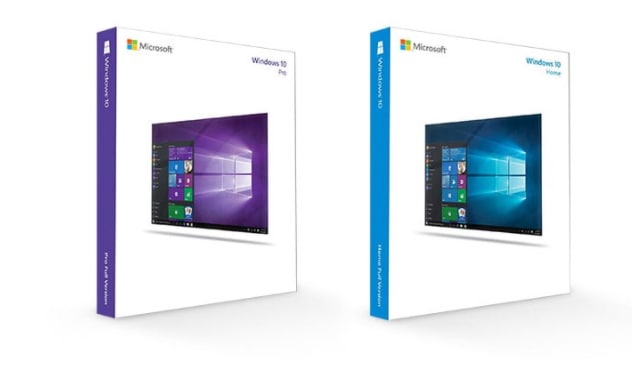

- VMWARE FUSION 10 VS 10PRO INSTALL
- VMWARE FUSION 10 VS 10PRO DRIVERS
- VMWARE FUSION 10 VS 10PRO WINDOWS 10
VMware Workstation Pro is a paid, standalone product, focused exclusively on hosting virtual machines.
VMWARE FUSION 10 VS 10PRO WINDOWS 10
In short, Hyper-V on Windows 10 Pro is essentially a “free” embedded hypervisor, primarily used to facilitate specific Windows 10 tasks. Specific limitations related to running Linux virtual machines, impacting core services (e.g.Limitations associated with dynamically attaching and removing external devices from the virtual machine.
VMWARE FUSION 10 VS 10PRO DRIVERS
Installation of native drivers on a virtual machine is complex and in some cases, not possible.Access to virtual machines will need to occur via RDP (or equivalent), which will impact some native features of the guest operating system (e.g.The initial setup and networking configuration for guest operating systems can be cumbersome.Unfortunately, the client experience has some frustrating limitations. Hyper-V is an excellent hypervisor, especially when acting as a backing service and/or managing server-side workloads. Knowing that Hyper-V is a hypervisor, the first option would be to use Hyper-V to host all virtual machines? This would remove the need for VMware Workstation Pro and therefore avoid the conflict, mitigating the issue. There are third-party projects that attempt to make Docker run on a VMware Hypervisor, however, as these are community developed, I am not convinced they can be trusted for business workloads. This makes sense, as Hyper-V is performant, efficient and natively available, allowing Docker to focus on their code (instead of the Hypervisor). Knowing that Docker is built on Linux Container technology, it leverages Hyper-V to run containers on Windows.

Hyper-V is the native Microsoft Hypervisor built into Windows 10 Pro.

Outlined below are three options to mitigate this issue. If you attempt to do so, you will receive the error “VMware Player and Device/Credential Guard are not compatible”. This frustrating “catch-22” means that you cannot run Docker and VMware Workstation Pro simultaneously.
VMWARE FUSION 10 VS 10PRO INSTALL
This would be fine, except the default install of Docker for Windows requires Hyper-V. However, unfortunately VMware Workstation Pro (the Windows alternative to VMware Fusion) can only launch a Virtual Machine if Hyper-V is disabled. In theory, the same setup is viable on Windows 10. Fedora, Ubuntu, Windows 10) running to support specific activities. I would do the majority of my development locally, leveraging Docker natively installed on macOS, but also have a range of virtual machines (e.g. However, I have had a few challenges with my development workflow, which on macOS utilised a combination of Docker and VMware Fusion. Although I am no stranger to Windows, it has been over sixteen years since I last used it as my daily driver.Īs highlighted in the article “ macOS and Windows”, the transition to Windows was fairly seamless. Since purchasing a Razer Blade 15 Advanced, I have been using Windows 10 Pro as my primary operating system.


 0 kommentar(er)
0 kommentar(er)
